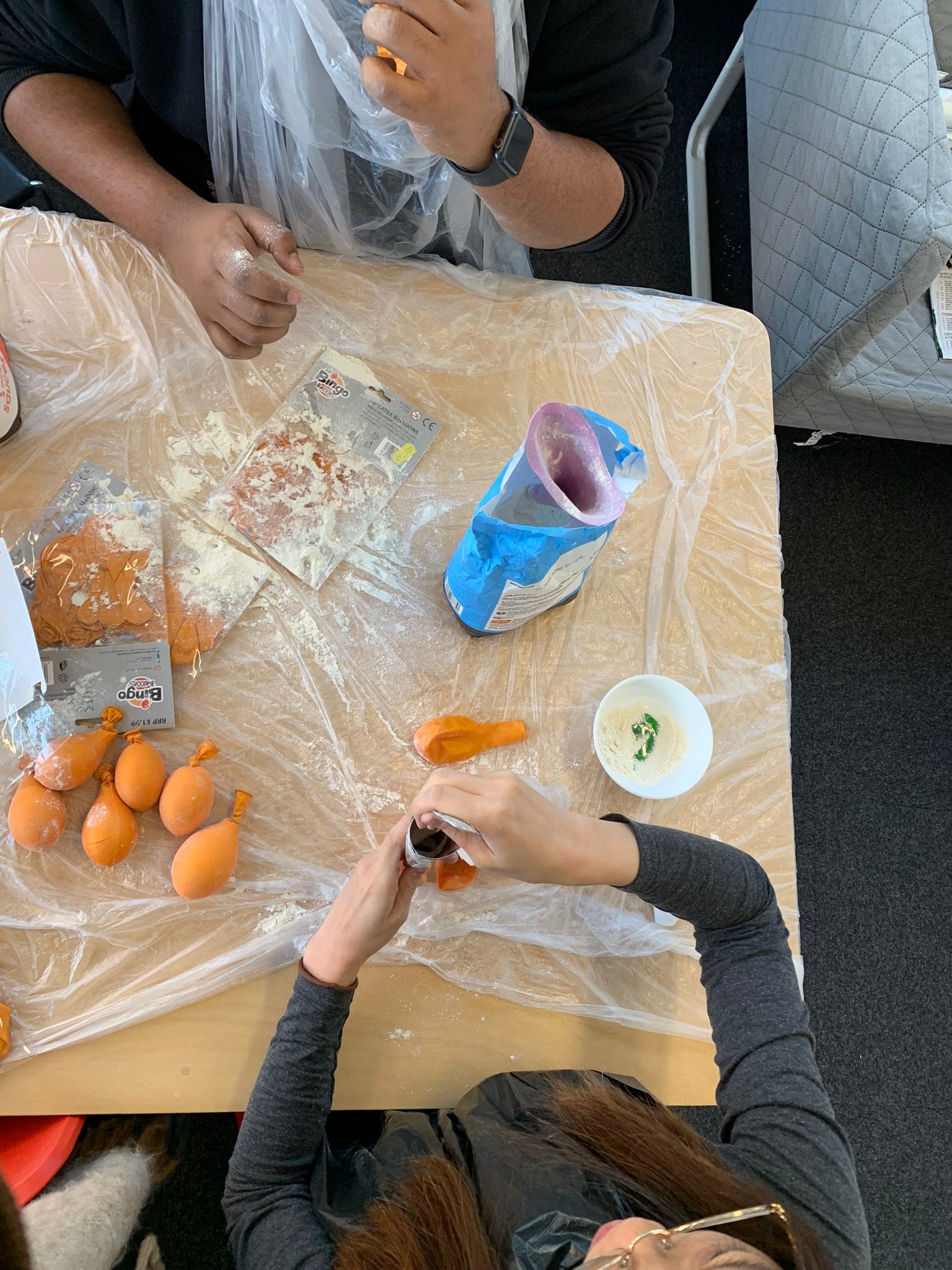The UX of Hyposensitivity
Client:
Clare Farrell
Project Date:
January 2023
My Roles:
Creative Direction and Textile Designer
The "Survival of the Outfits" project aimed to design and create a garment that would address the impact of social breakdowns caused by factors like climate change and pandemics. The project emphasized using tangible and digital materials to design a garment that promotes community resilience and brings people together. Focusing on the urgent need for social resilience, the goal was to explore utility-wear, sharing traditions, and fashion's responses to social change. The outcome would be presented in a live fashion show, guided by guest lecturer Clare Farrell, a co-founder of Extinction Rebellion.
Project Summary
The initial concept revolved around combating the negative effects of social distancing by creating a large, huggable outfit that encourages interactions. However, the team faced challenges in pattern cutting and sewing, leading to a need for further research and concept development. After reflection, the focus shifted to the autistic community, considering the increased impact of social disturbances on autistic individuals' mental health.
The Challenge/Problem
Extensive research into the needs of the autistic community led to the idea of a sensory suit. Inspired by the concept of Autonomous Sensory Meridian Response (ASMR), the team explored ways to incorporate digital elements into the design. Balancing material exploration and the desire to accommodate different sensory sensitivities, the team used fabric with various textures, sensory squeeze balls, and bright colors. A collaborative approach involved roles in material preparation, sewing, and technical setup, resulting in the creation of the Sensory Play and Regulation Kit (SPARK).
The Solution
The SPARK outfit was well-received by the cohort and instructors, showcasing its potential to support individuals with hyposensitivity. While concerns were raised about overwhelming sensory stimuli, the team recognized the suit's suitability for hyposensitive autistic individuals. The ASMR elements addressed hypohearing needs, the facemask catered to hypovision, and the suit's weight provided proprioceptive support. Through "Survival of the Outfits," we demonstrated the power of design to address social challenges, particularly for vulnerable communities. The project emphasized the significance of research, collaboration, and adaptability in crafting meaningful solutions.































